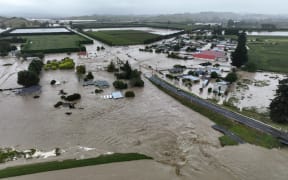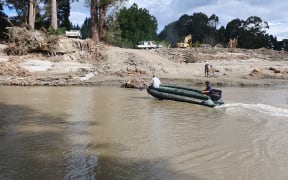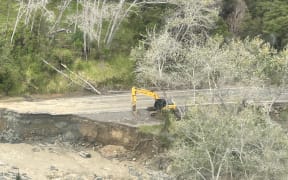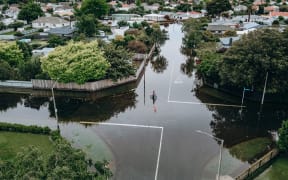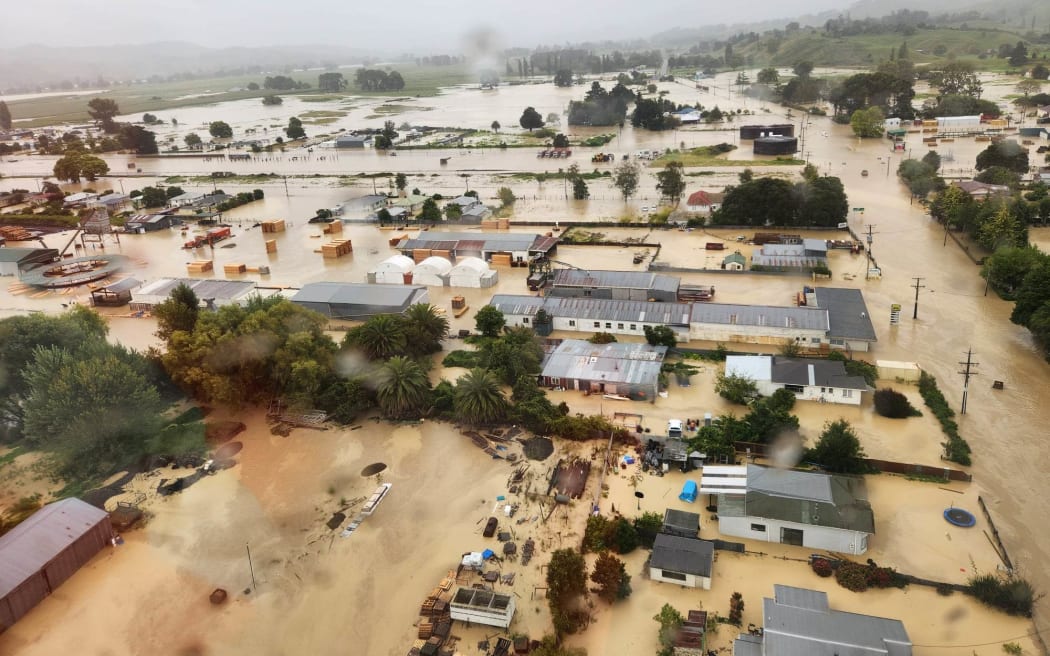
Wairoa in northern Hawke's Bay after the Wairoa River burst its banks during Cyclone Gabrielle. Photo: Hawke's Bay Civil Defence Emergency Management Group
Hawke's Bay Civil Defence's emergency response structure, staffing and systems were identified as needing to be "addressed with urgency" more than 18 months before Cyclone Gabrielle smashed through the region.
It was in the throes of a major overhaul when Cyclone Gabrielle hit in February.
People died, roads were destroyed and power and internet were cut - creating massive challenges for the emergency response.
A review into the Civil Defence response was announced this week.
But well before Cyclone Gabrielle, an independent review of Hawke's Bay Civil Defence Emergency Management found it lacked experienced and well-trained staff, vital information was not being shared between Civil Defence and emergency services due to IT system constraints, and the organisational structure needed a rethink.
The 2021 review, carried out by ContextusSolutions, was commissioned by the chief executives of the region's five councils in the wake of the 2020 Napier floods and the impact of Covid-19 pandemic.
While it found the Civil Defence capability had "real strengths" and generally served the community well, the report Strengthening Civil Defence Emergency Management in Hawke's Bay made 17 recommendations to ensure it could better respond in emergencies and proposed a change programme to carry them out.
That programme was underway and initially due to be completed by the end of last year, but the pandemic, staff vacancies and other work priorities pushed the deadline out to April this year, according to Civil Defence meeting agenda documents.
Staffing and resourcing not sufficient
An urgent review of staffing and resourcing arrangements was needed to ensure there were enough well-trained people to carry out response and recovery activities in an emergency event, the report recommended.
"Who will be called on during the response, during the transition from response to recovery, and then for the recovery thereafter? How will these roles be resourced? It is not clear that the answers to these questions are known."
The 2020 Napier flood event highlighted difficulties in getting council staff to run the response - they either could not be reached, declined to attend, or were not released from their usual duties, the report found.
Staff who worked on that emergency response did not feel they were well-trained - but when training was provided, it was poorly attended.
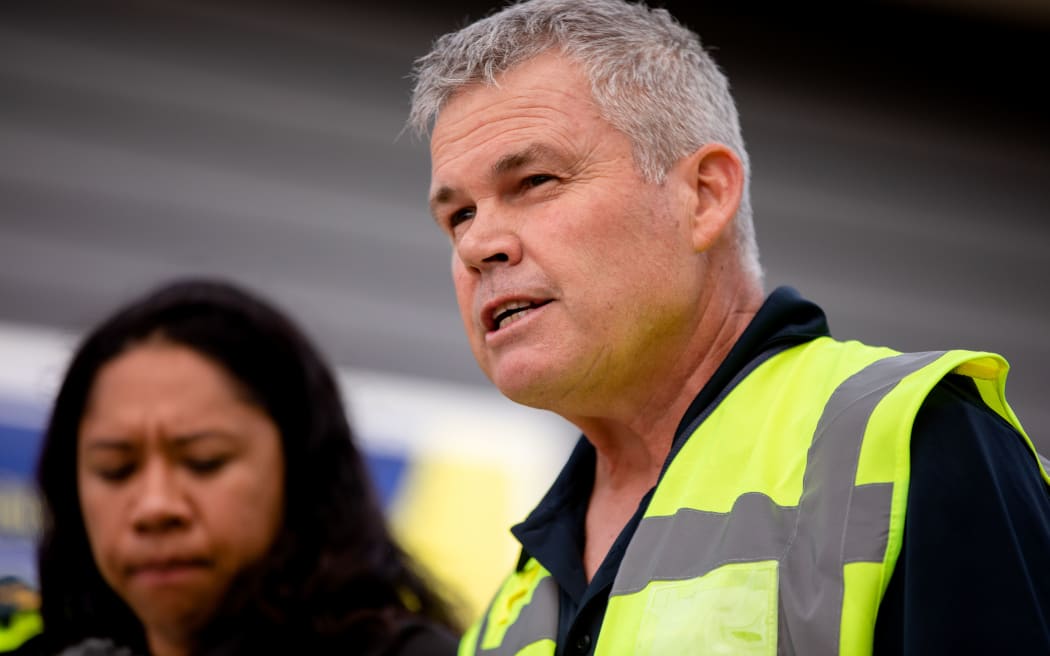
Hawke's Bay Civil Defence controller Ian Macdonald. Photo: RNZ / Angus Dreaver
In Civil Defence meeting agenda documents from November last year, controller Ian Macdonald said his team was enthusiastic but inexperienced.
"What we are lacking in is specific experience in CDEM [Civil Defence Emergency Management] responses and coordination in a multi-agency environment.
"This will be a challenge into the next quarter as we rebuild from the ongoing responses of the last two years," he said.
The same documents showed Civil Defence had begun a workforce review, but it was delayed due to staff vacancies.
A more locally led Civil Defence structure needed
Hawke's Bay Civil Defence Emergency Management Group is a partnership of local authorities, emergency services and other organisations. In an emergency, the Group Emergency Coordination Centre (GECC) is stood up.
The review found its emergency response structure was too centralised and not understood or supported by staff or the community.
While Wairoa and Central Hawke's Bay had their own incident teams to respond locally to emergencies - with both reporting into the overarching GECC - Napier and Hastings did not.
These two cities were instead served by the main GECC, but the report suggested these too needed local response teams looking after their own patches.
"The councils have capabilities in welfare, building assessment and public works that can be very useful in an emergency event.
"The current structure, with a centralised operating model in respect of Napier and Hastings, is not necessarily best suited to the reality of this organisational and community context."
A new structure was approved in August last year. But the changes were forecast to take up to a year to put in place, and would not start until February this year.
Better connections needed
There was a disconnect between emergency response agencies in the wake of the 2020 floods, the report found, and a "common operating platform" was needed.
For example, emergency services couldn't access information held on Civil Defence IT systems.
And different agencies had different approaches and systems for assessing buildings and deciding whether they were safe - creating confusion about who needed help.
It noted the need for a "single source of truth" and a shared IT system so everyone was on the same page in an emergency.
These new systems and processes had been developed and were starting to be rolled out when the cyclone hit.
Civil Defence responds
Civil Defence said work on implementing the review's 17 recommendations was mostly on-track.
In a statement, it said it had a small team of 14, plus support from council staff, working on the recommendations.
It said staff vacancies, Covid-19 sickness, the pandemic response, lack of funding and the national emergency management reforms were all identified as risks that could hinder the roll out of the review's recommendations.
The latest review into the Cyclone Gabrielle response, announced this week, will primarily focus on the operational response and lessons from that, it said - however it would take into account that Civil Defence was going through big changes when the cyclone hit.


